What’s the Buzz
The Bee Healthy Blog
What is The Difference Between Type 1 and Type 2 Diabetes?

November is National Diabetes Month, a month set aside each year to spread awareness of this disease, which is the seventh leading cause of death in the United States. According to the CDC, over 34.2 million people in the United States have diabetes and over 88 million US adults have prediabetes. Of those with prediabetes, more than 84% don’t even know they have it. There are two main types of diabetes: type 1 and type 2. Here’s everything you should know about both.
What is Diabetes?
Diabetes is a chronic health condition that affects how your body breaks down food into energy. Most food that you eat is broken down to sugar (glucose) and released into your bloodstream. Insulin, a hormone produced in the pancreas, regulates the amount of glucose in the blood by acting like a “key” to let the blood sugar into your body’s cells for use as energy. If you have diabetes, your body doesn’t make enough insulin or is unable to use the insulin it makes efficiently.
Type 1 Diabetes
Also called insulin-dependent diabetes, type 1 diabetes is an autoimmune condition that stops your body from producing insulin. According to the CDC, approximately 5-10% of the population with diabetes have type 1 and it is commonly discovered in children, teens, and young adults[1].
Some symptoms and warning signs to look out for are: increased thirst, increased urination, rapid weight loss, extreme hunger, blurred vision, extreme fatigue, nausea, vomiting, and abdominal pain[2].
Type 1 diabetes is treated by injecting insulin into the bloodstream. As mentioned above, insulin acts as the “key” to bring glucose into the cells. This process can be challenging, as you don’t always know how much insulin your body needs. The amount is based on many factors, including food, exercise, stress, and overall health. If you take too little insulin, your body can go into hypoglycemia, which is an extreme drop in blood sugar. If you take too much insulin, your body can go into hyperglycemia, raising your blood sugar to a dangerously high level. Today, there are a wide range of devices to help people better manage their blood sugar levels, many being needle-free[2].
Type 2 Diabetes
Also called non-insulin-dependent diabetes, type 2 diabetes is the more common of the two. About 90-95% of people with diabetes develop type 2. With type 2 diabetes, your body doesn’t use insulin well and can’t keep blood sugar at normal levels. This condition is also called adult-onset diabetes since it typically develops after age 35. However, a growing number of younger people are now developing type 2 diabetes[2].
Although many of the symptoms of type 1 and type 2 diabetes are similar, they may present in very different ways. Many people with type 2 diabetes won’t have symptoms for many years or possibly ever at all. This can be especially dangerous if left undiscovered so long that other complications develop, such as heart or kidney disease. Some warning signs to be aware of include: frequent urination, extreme thirst, increased hunger, nerve pain or numbness, slow-healing wounds, blurred vision, and dark skin patches[3].
Reducing Your Risk
There isn’t a cure for diabetes, but research such as the Diabetes Prevention Program shows that you can delay/reduce the risk of developing type 2 diabetes by losing weight, eating healthy, and being active. Taking your prescription medicines, including insulin regimens, as prescribed, and keeping up with healthcare appointments can also help reduce the impact of diabetes on daily life.
[1] https://www.cdc.gov/diabetes/basics/diabetes.html
[2] https://www.diabetesresearch.org/what-is-diabetes
[3] https://www.healthline.com/health/diabetes/early-warning-signs-type-2-diabetes

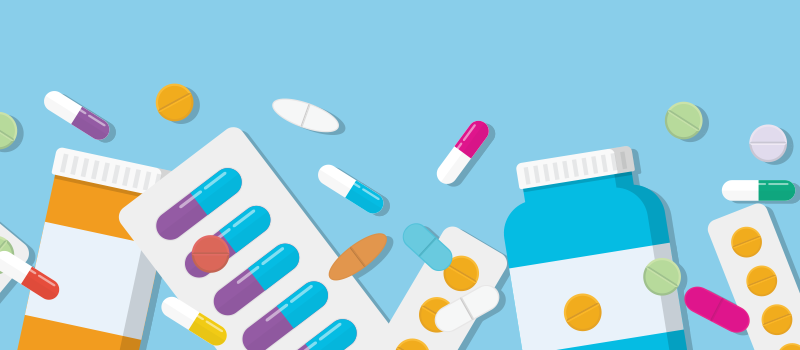
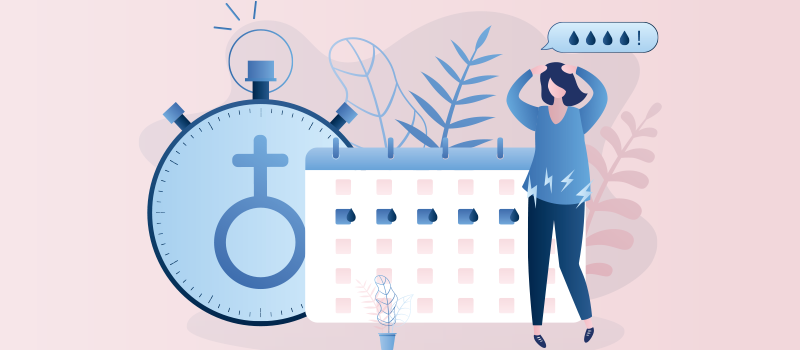


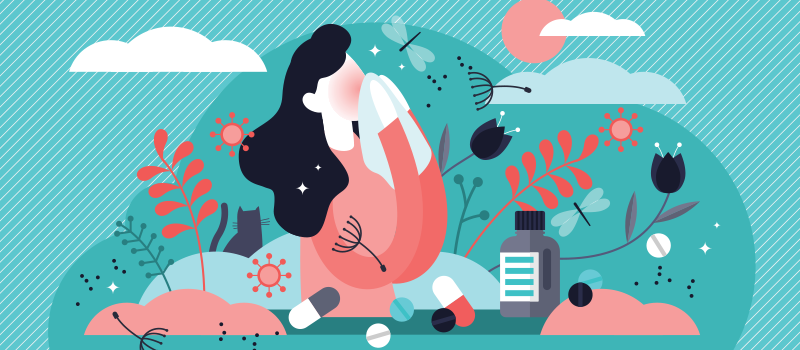

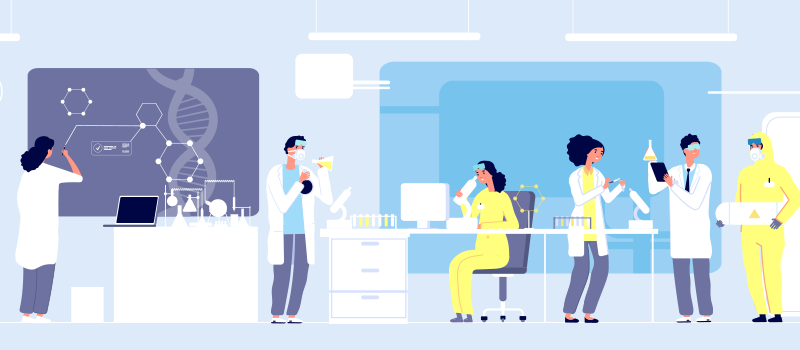
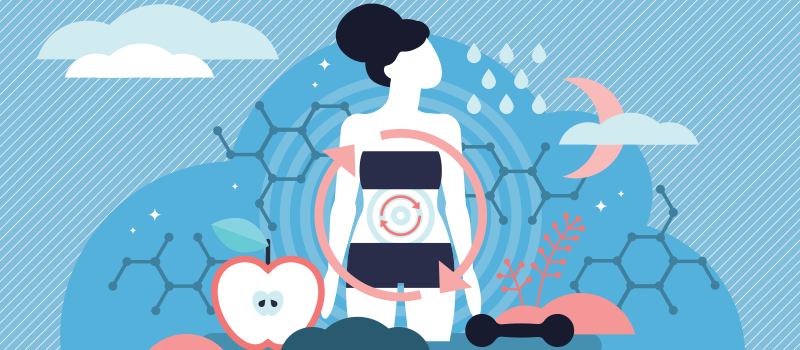



SOCIAL